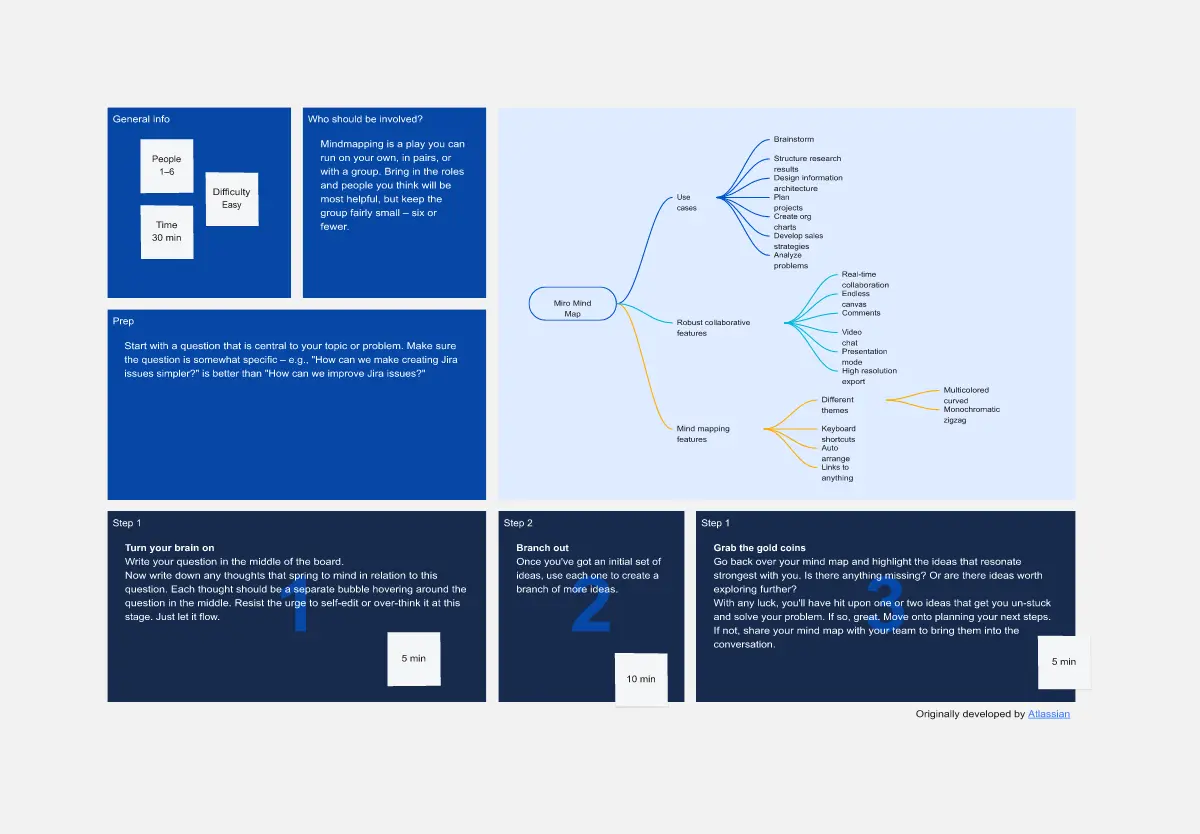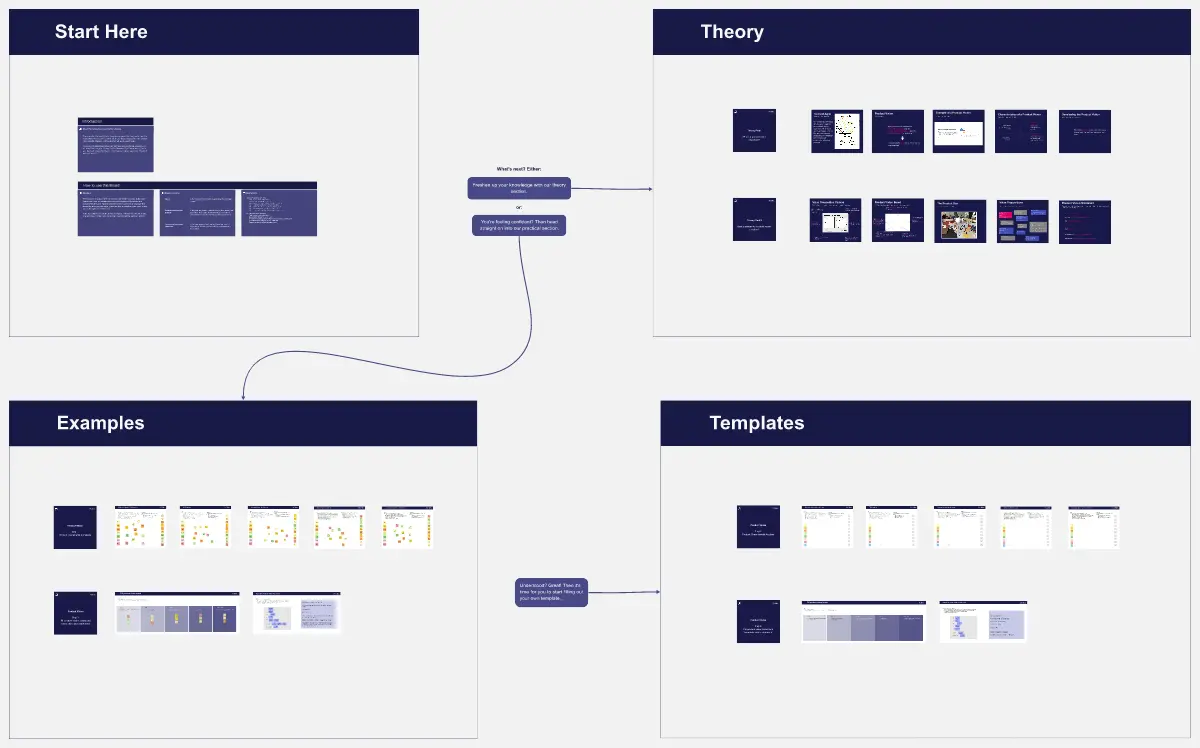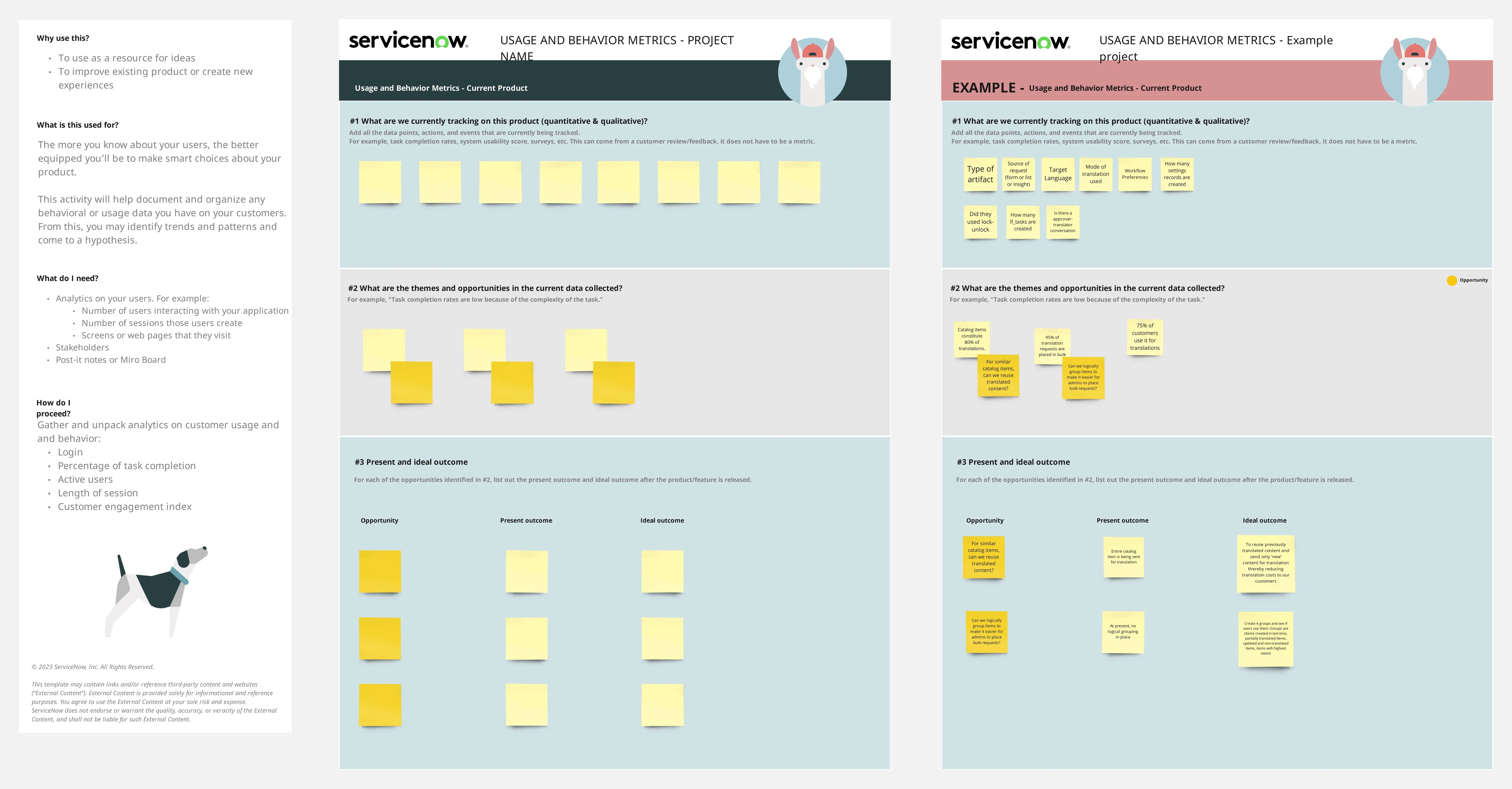The Value Exchange Model Canvas empowers you to navigate the complexities of value exchanges (aka value streams), fostering a deeper understanding and alignment between your business and your customers. It's a practical tool that provides a tangible framework for creating products and services that truly resonate with your target audience.
Why is it useful?
Clarity in Value Dynamics: The canvas helps you gain a clear understanding of how value is perceived by both your business and your customers. It provides a structured way to identify and map the influences, trends, and factors shaping these perceptions.
Strategic Alignment: By using the canvas, you can align your business objectives with customer expectations. It serves as a visual guide to ensure that your products or services are strategically positioned to meet both your business goals and the desires of your customers.
Interactive Collaboration: The canvas is designed for collaborative work. It facilitates workshops and discussions with key stakeholders, allowing you to capture diverse perspectives and insights. This collaborative approach ensures that the value exchange model is enriched with varied inputs.
Holistic Value Exploration: Through a series of steps, the canvas prompts you to brainstorm and discuss valuable aspects for both your business and customers. It covers influences, definitions of value, creation processes, and key metrics. This comprehensive exploration enhances your understanding of the entire value exchange ecosystem.
Adaptability and Review: The canvas is not a one-time tool; it's meant for regular review. It encourages quarterly check-ins to validate assumptions and adapt strategies based on real-world performance. This adaptability ensures that your value exchange system remains relevant in the ever-changing business landscape.
Key Metric Identification: One of the final steps involves identifying a Key Value Indicator (KVI) that connects user value with business value. This metric becomes a measurable way to gauge the mutual benefit derived from the product or service.
How to use it
The board contains numbered steps to guide you through the workflow. Each of the steps can be part of one big workshop or a workshop on it's own. It is intended for collaboration, so invite others for brainstorming and discussion.
Step 1: Influences to the Customer -Identify and map the trends, influences, ideas, movements, and factors that shape how customers perceive value. Consider external elements impacting their preferences and expectations.
Step 2: Influences to the Business - Highlight trends, influences, ideas, movements, and factors affecting how your business perceives value. Explore external forces influencing your strategic decisions.
Step 3: Valuable Things for the Business - Brainstorm and discuss what holds value for your business. Explore categories to identify key aspects you seek in a product or service. What are the gains and goals of providing a product or service?
Step 4: Valuable Things for the Customer - Engage in brainstorming to identify aspects that hold value for your customers. Discuss among categories to understand what customers seek in a product or service. What are their gains and desired outcomes?
Step 5: Customer Value Is... -Brainstorm and articulate your definition of value for the customer. Discuss and describe the essence of what brings value to your customers.
Step 6: Customer Value Is... - Continue the discussion on how you define value, this time from the business perspective. Delve into what constitutes value for the business in the customer exchange.
Step 7: How is Customer Value Created? Define the product or service you are offering. Explore its features and functionalities. Discuss how users can leverage the product to meet their needs or desires.
Step 8: How is Business Value Created? Examine how using the product generates value for the business. Identify the actions users take that contribute to the business's goals and objectives.
Step 9: What's the Key Value Indicator? Identify a metric that serves as the bridge between user value and business value. Explore ways to measure mutual benefit, ensuring a tangible connection between the two sides of the value exchange.






